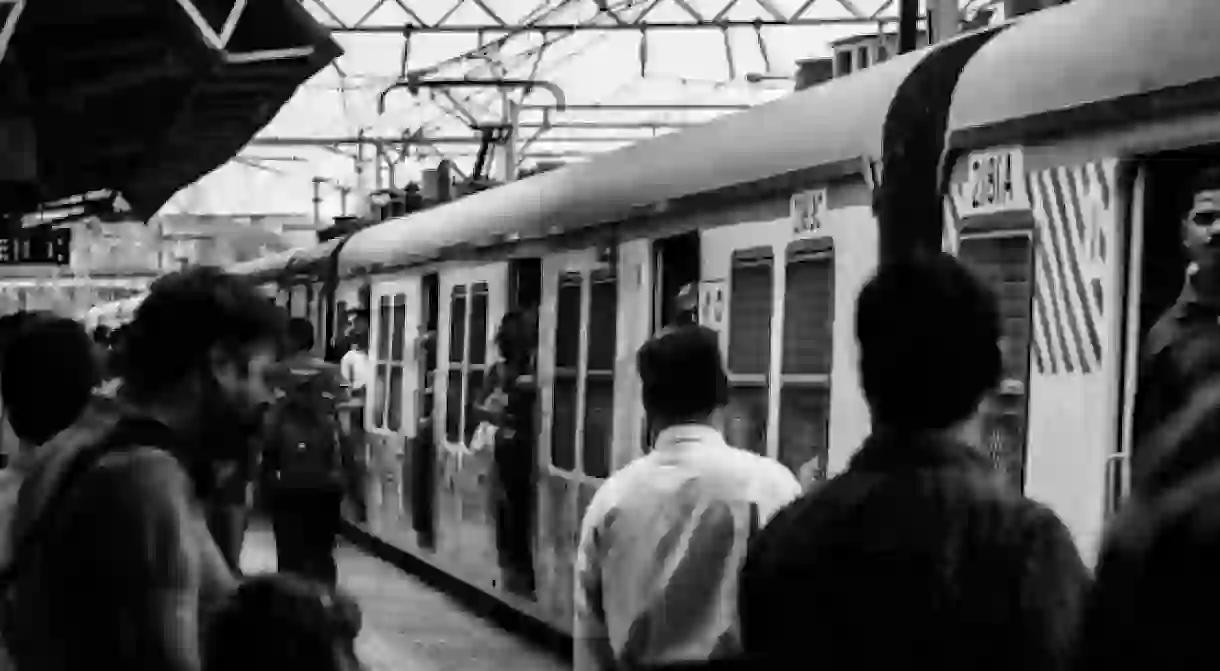Life On Mumbai's Trains: Adventure, Necessity And Loneliness

A city is often best explored by stepping into the shoes of the locals. However, in crowded and bustling megacities like Mumbai, this could be a daunting task for a visitor. The following photo essay dives deep into a large part of the Mumbai life — the local trains.

When someone visits Mumbai for the first time, she or he is forced to ask the question, ‘How does this city function?’ Put forth this question to any Mumbai-kar (Mumbai natives are called Mumbaikars) and she or he will reply — ‘Well, we have the local trains.’
These metallic worms snake their way all across the city and its suburbs, connecting the original islands with suburbs as far as a 100 kilometers away. At first glance, they may represent dirt, chaos, sweat and bone-crushing crowds, but dig a bit deeper and you will discover an entire way of life on them.
Millions of people spend an average of two to three hours a day on these trains. From their school days to their pension days, they continue to commute on these metallic worms, and it becomes as much a part of their being as their house, clothes and other paraphernalia. Try to imagine what life is like on these trains.
The above photo shows a local train pulling into a suburban station of Mumbai’s Western Line. There is usually one train every three minutes in either direction at each of the stations during peak hours.

Some everyday commuters turn their daily ordeal into an adventure trip.

Many people grow old on these trains, their daily journeys being a somber, lonely experience.

There are those for whom these trains mean opportunity. Hanging, sitting, chatting or plain standing, all they care about are the elusive riches they think await them at the end of the journey.

The 21st century has brought a new paradigm to the madness — mobile phones. With hung necks, a lot of people find escape in these little screens.

But it’s in the anonymity of the crowd that most find their solace and the courage to bear it all.

The rush and the madness create opportunities for some — opportunities to put food on the table.

In the end, it’s an endless wait that goes nowhere. The invisible barriers remain and the dreams morph into something else.

But despite it all, people keep coming, for nothing ever stops in the city of dreams.
(All photos and text by Aditya Akhauri. Reach him on Instagram and Twitter: @rogueacademic88)













